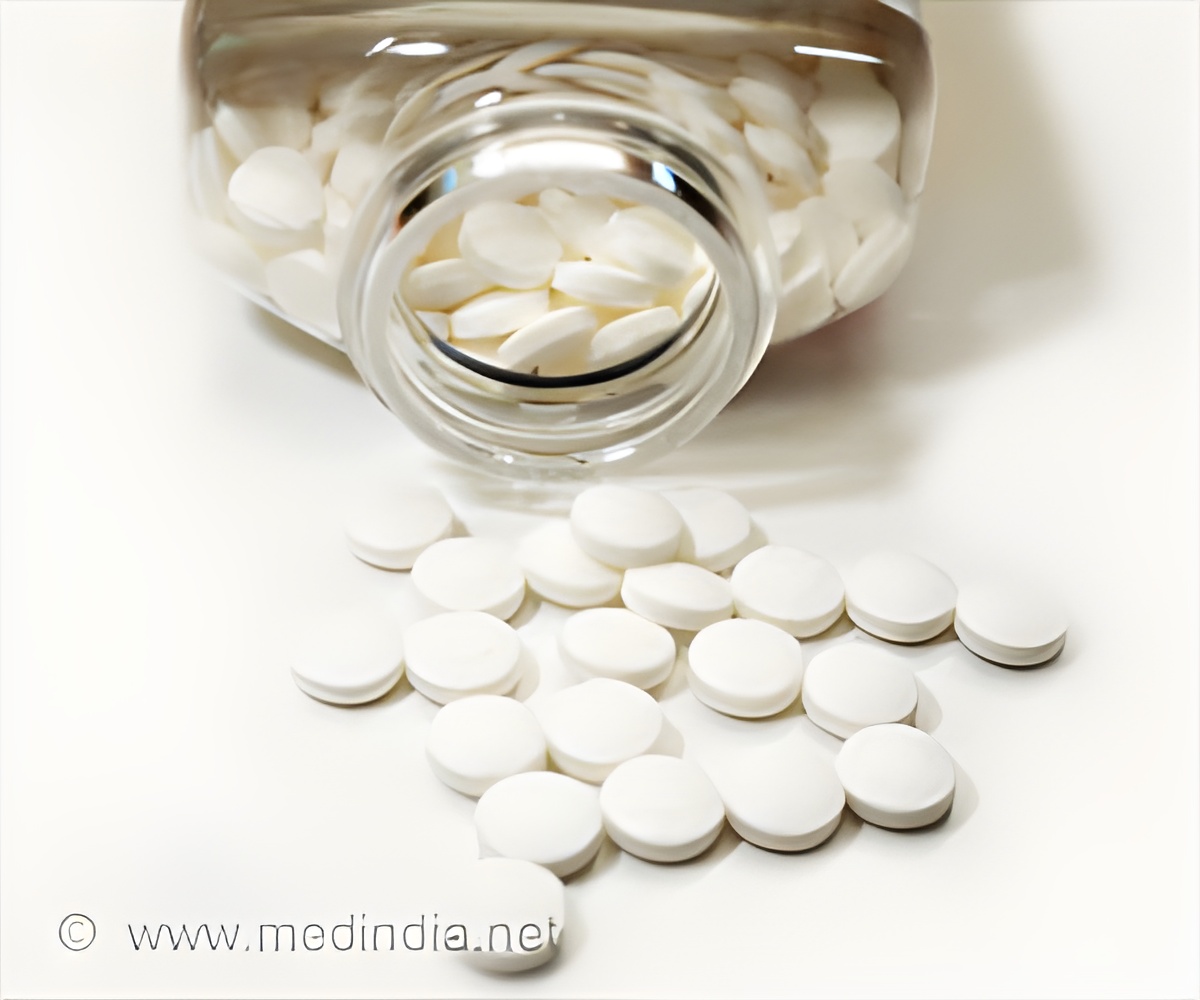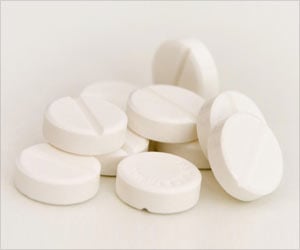Low-dose aspirin therapy was evaluated in a retrospective cohort study to see its effect in the primary prevention of ischemic stroke among patients with diabetes.

However, when it comes to diabetics, studies have shown that they are at two- to fourfold increased risk of cardiovascular events when compared to individuals without diabetes raising the important question with regard to primary prevention among patients with diabetes.
A retrospective cohort study was conducted recently to evaluate the efficacy of low-dose aspirin in preventing ischemic stroke in patients with diabetes and results were compared with non-users. This study was conducted using the Health Insurance Review and Assessment Service (HIRA) database of residents of South Korea. It includes all information on approximately 50 million Korean population covered by the National Health Insurance (NHI) program since 2000, such as demographic records, diagnosis, procedures performed and prescriptions used.
This study was conducted with incident patients with diabetes (aged 40 to 99 years old), utilizing all the information from the Korean Health Insurance Review and Assessment Service database from January 1, 2005, through December 31, 2009. The study participants were classified as low-dose aspirin users (75mg – 162mg) during the index period from January 1, 2006 to December 31, 2007 or non-users. The index date was defined as the start date of low-dose aspirin in low-dose aspirin users and randomly chosen date among doctor visit dates during the index period in non-users during that index period.
The study authors matched each low-dose aspirin user to one non-user using a propensity score. Cox proportional hazards model was utilized to evaluate the data for the risk of hospitalization for ischemic stroke in users and nonusers of low-dose aspirin until December 31, 2009.
At the end of the study, they observed that amongst the 261,065 incident patients with diabetes, 15,849 (6.2%) were low–dose aspirin users. The adjusted hazard ratio (95% confidence interval) of low–dose aspirin users for hospitalization due to ischemic stroke using the Cox proportional hazards model was reported to be 1.73 (95% CI; 1.41–2.12) as compared to non-users.
The hazard ratio for ischemic stroke was 3.25 (95% CI; 2.28-4.63) among males and 1.72 (95% CI; 1.16-2.57) among females and no significant changes were seen in the risk of hospitalization for ischemic stroke irrespective of gender, age, or presence of hypertension, or dyslipidemia in subgroup analyses.
This retrospective cohort study revealed that there was increased risk of hospitalization for low-dose aspirin users due to ischemic stroke among incident diabetic patients who did not have any prior history of cardiovascular diseases.
These results suggest that the use of low-dose aspirin for the primary prevention of ischemic stroke should be reconsidered in diabetic patient and physicians should evaluate the balance of benefit and risk of using this drug considering the prevalence period with diabetes.














